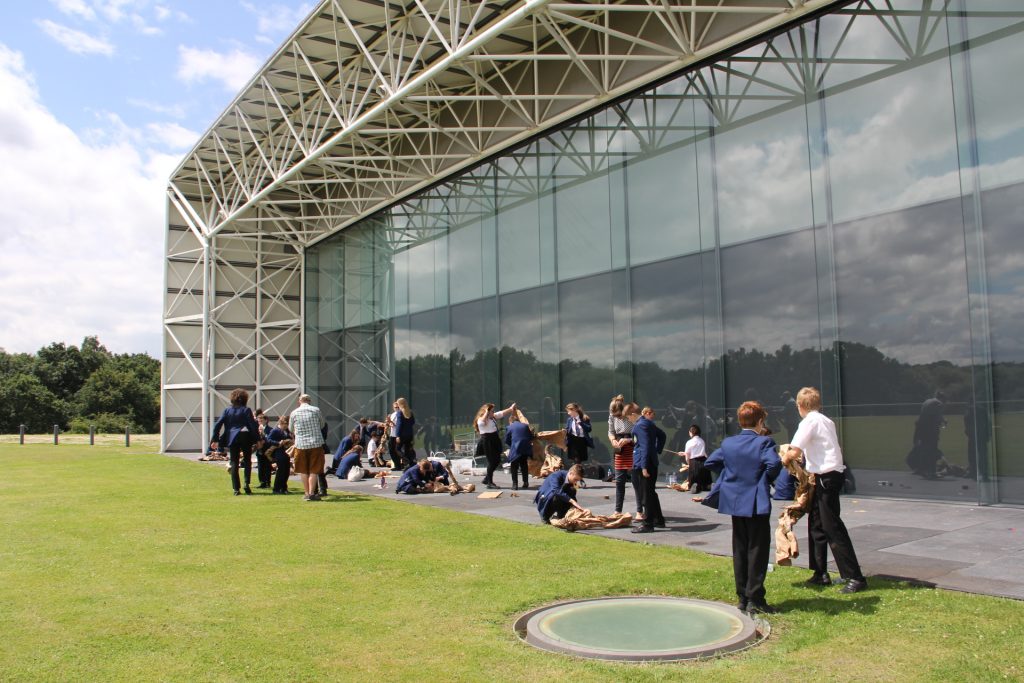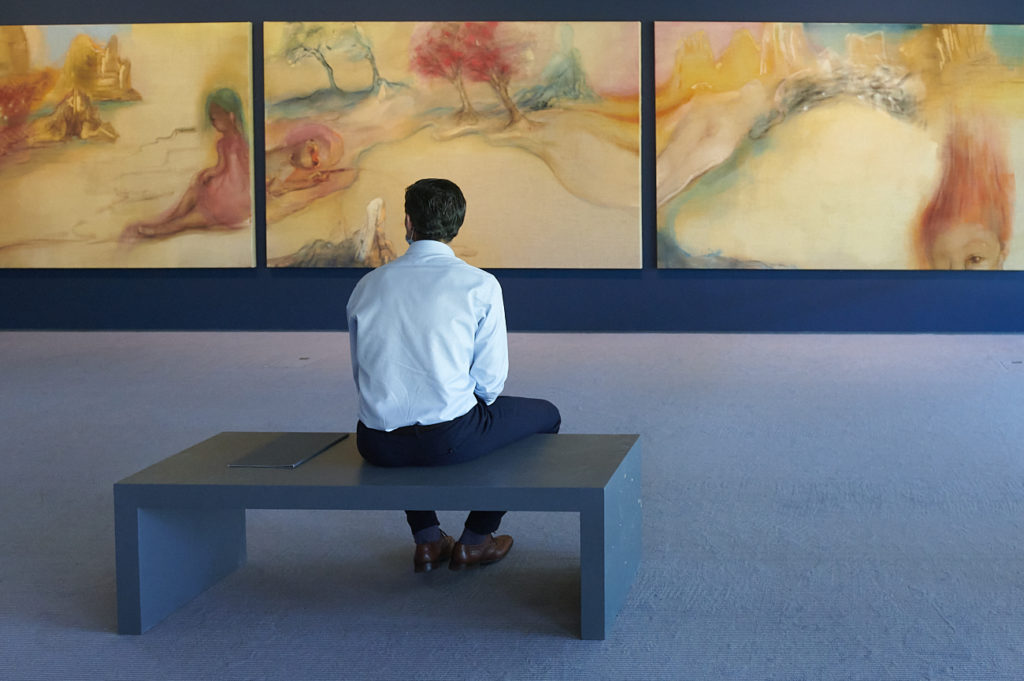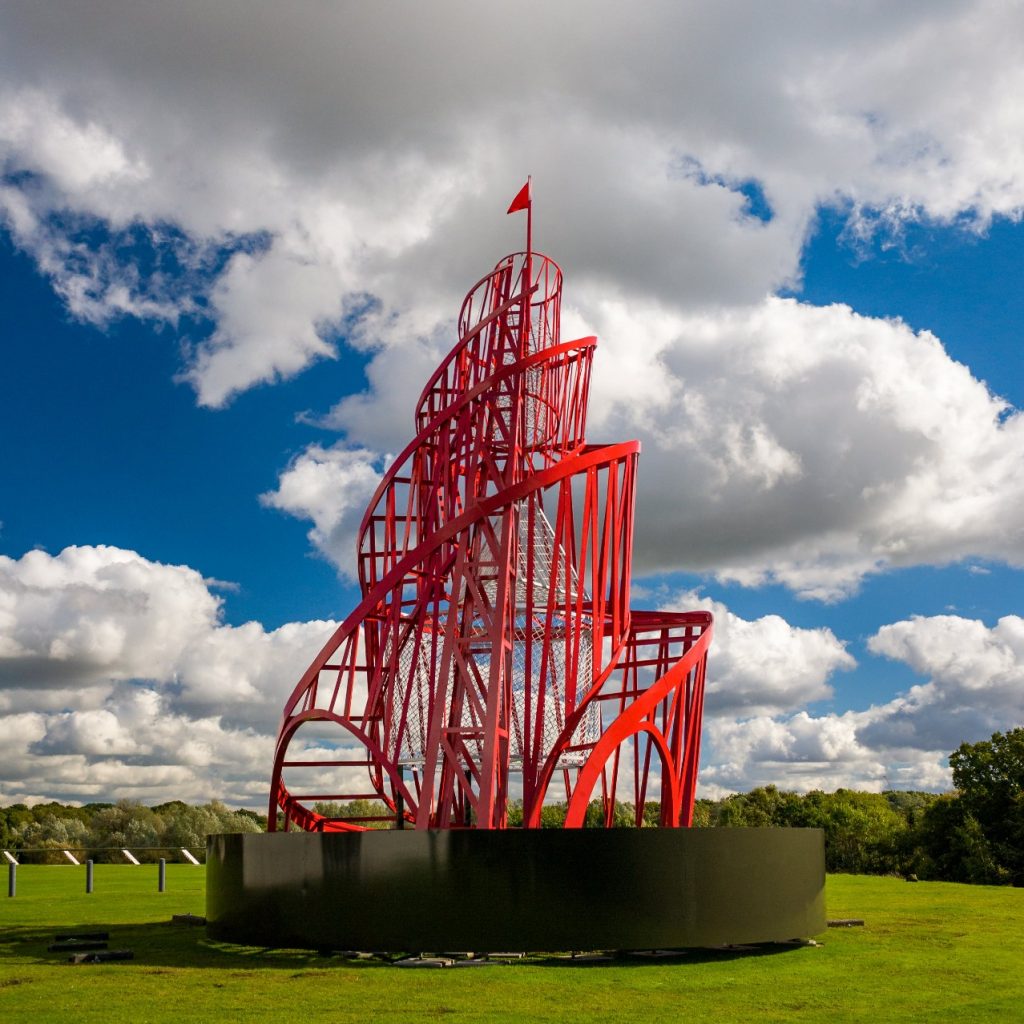“This is a space where people can be a little bit more wild,” says Kate Dunton, Head of Learning at the Sainsbury Centre. Its Sculpture Park is home to works by leading artists, ranging from Lynn Chadwick to Liliane Lijn, and has always been a place for a special kind of inspiration and enjoyment, though never has its importance been felt more, perhaps, than over the course of lockdown.
A Place to be Inspired
The Centre’s grounds are home to art, wildlife and endless opportunities for all who visit
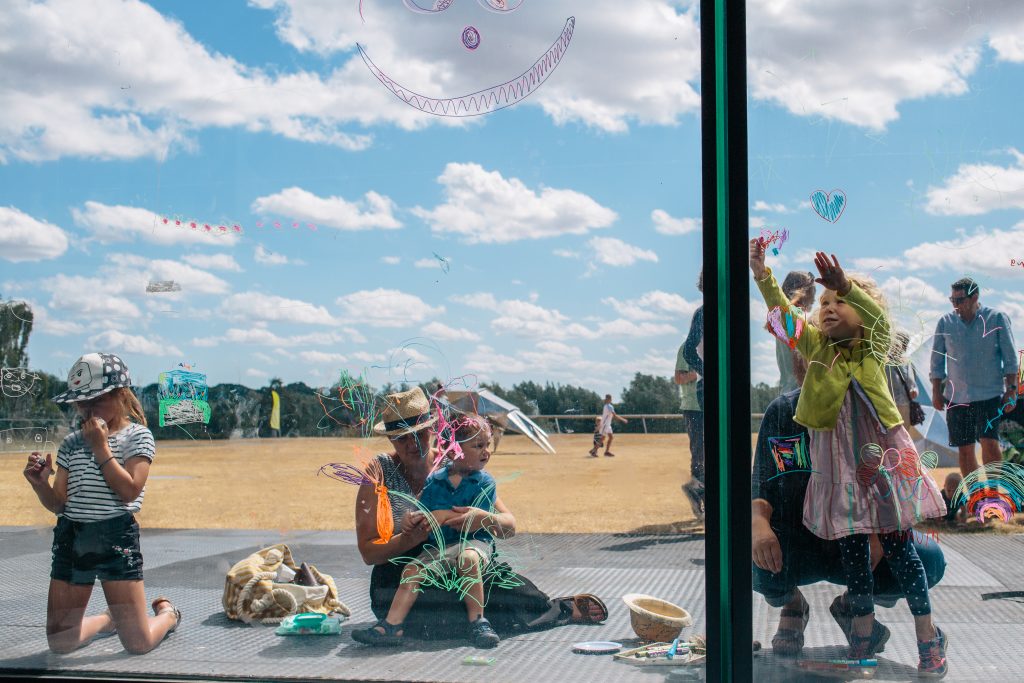
A family day at the Sainsbury Centre, with Lynn Chadwick's sculptures. Photo: Katherine Mager
Set over 360 acres against the striking architecture of Norman Foster and Denys Lasdun, the Sainsbury Centre Sculpture Park is the largest space of its kind in east England. It is, Dunton explains, something of an “edge-land between normal, everyday space and the slightly rarified environment of our gallery” – somewhere you can simultaneously walk your dog and experience a Henry Moore. It offers an encounter with art that is accessible and free, but also provides something more. Witness Elisabeth Frink’s 1969 works Mirage I and Mirage II by the Broad lake, for example. “Something that might be quite difficult as a piece of modern art is made, somehow, less difficult,” Dunton explains. The visual connections between the work – which was inspired by flamingos the artist saw in France – and the landscape add context to what is being seen.
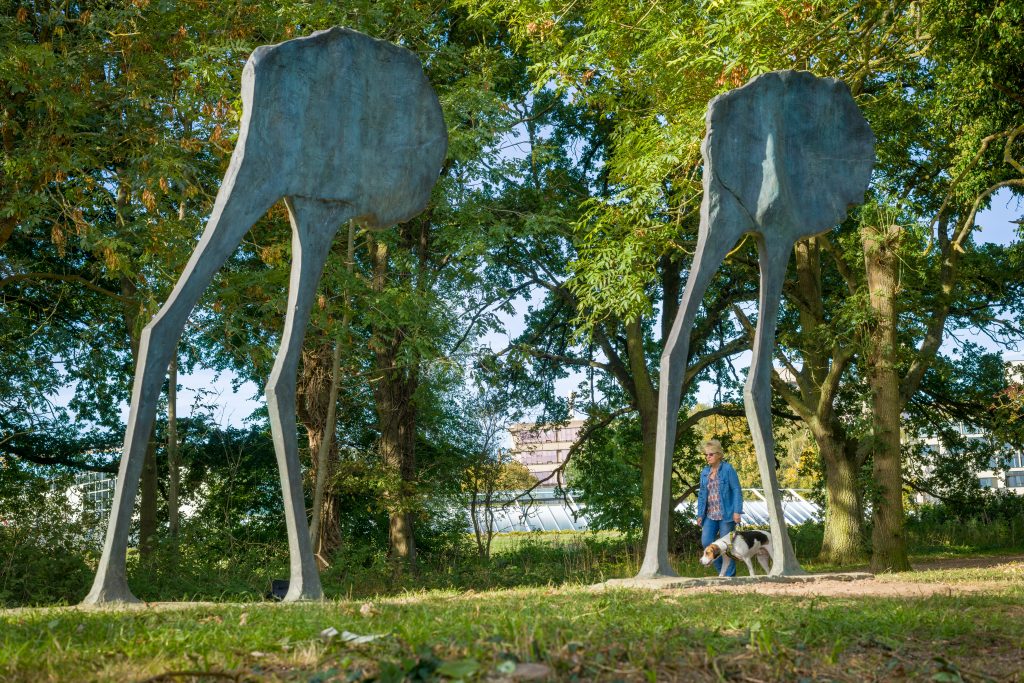
“You can be louder, or faster, or just more physical outdoors,” says Lawrence Bradby, a Learning Manager for Children & Families. “You can choose to be a long way away, or to have something peripheral and just walk past it, or get really close,” he adds. “It is not pre-structured by any single view of the work.”
Associate Artist Ian Brownlie, who runs learning activities on site, says, “I have a sense in which sometimes, when we’re outside, it’s easier to achieve a real stillness.” He adds, “Even the rhythm of walking shapes the viewing experience. The conversations you have when you’re walking are different from those you have sitting down.”
Longtime Park devotee and Volunteer Guide Peter Evans has “had a relationship with the Henry Moores for 15 years”, and says it’s important to see them in the natural surroundings for which they were intended. He initiated walking tours of the Sculpture Park this year, which “can be as much about birdwatching as looking at the sculpture”. Children love Chadwick’s 1990 work Beast Alerted I, Crouching Beast II and Lion I, he adds. “They wander in and out of the pieces, crawl under them, and experience different ways of looking at them.” And younger visitors “don’t always make a distinction between a nice shiny sculpture and a tree, or some grass, or a ladybird that’s crawling across their hands”, Dunton adds. The whole place is “a playground”.
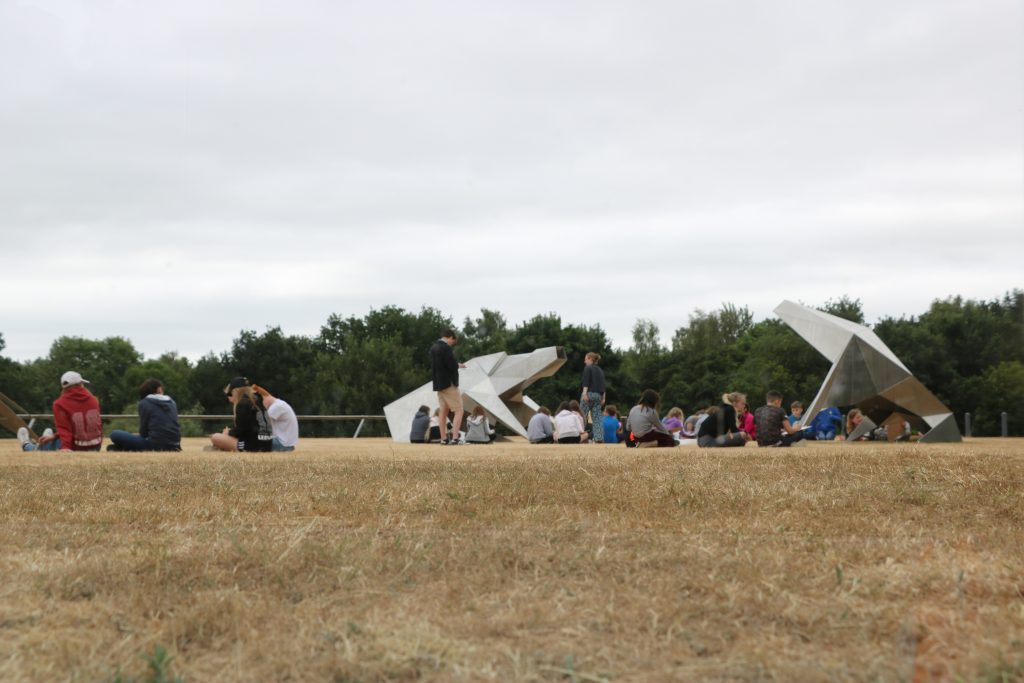
“We see ourselves as a meeting point for regional artists too,” Dunton says. “A place where they can be inspired.”
Learning Manager Becca Sturgess notes that “you get really lovely things with slightly tipsy students looking at a Henry Moore. I like the idea of people pouring out of gigs and seeing artwork on their way home.” Beyond campus users, Head of Collections Calvin Winner points out that the campus is public land. “By the founding charter of the University, there is open access to the Park at all times, which is a wonderful civic amenity.”
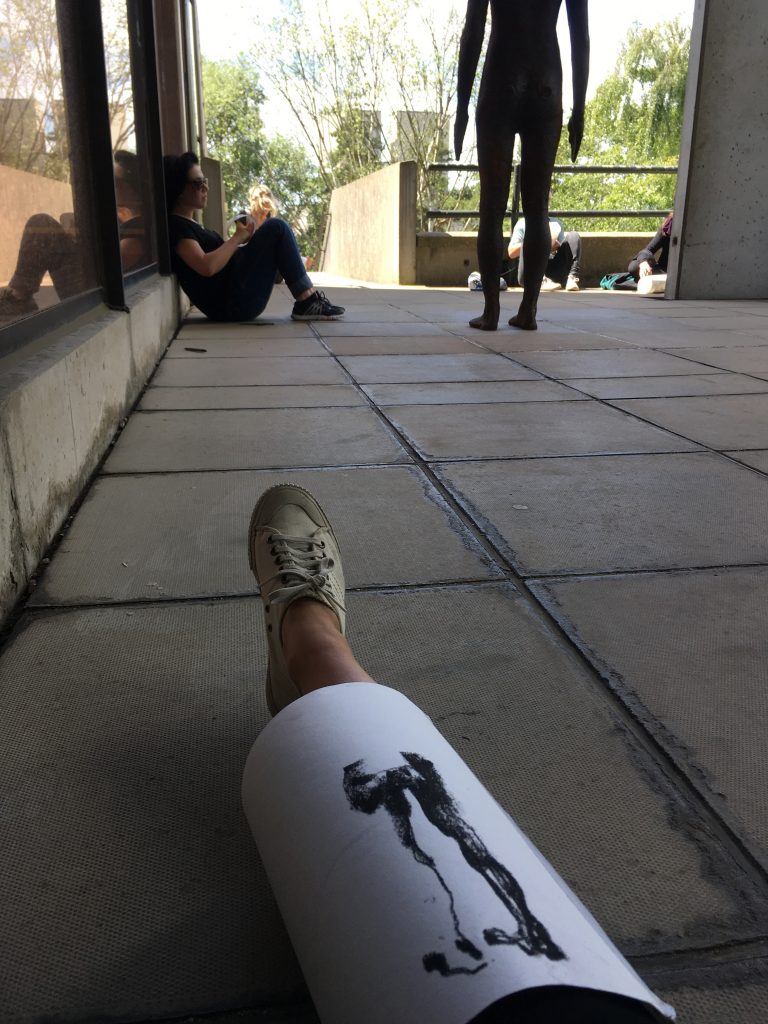
Dunton says that, after lockdown, “the Park is going to be hugely important for us as part of our phased return”. New creative activities, designed to involve the Centre’s closest residents, are in the works. And together with nearby green spaces, including those along the River Yare, Dunton says, “we’re starting to think about [being part of] an almost green belt – a perimeter space that people can come in and use”. The Sainsbury Centre also has links with west Norwich charity The Henderson Trust, which is exploring incorporating creative activities into a collaboration with a local food bank. “That’s the conversation that we can start to have because of the Sculpture Park space.”
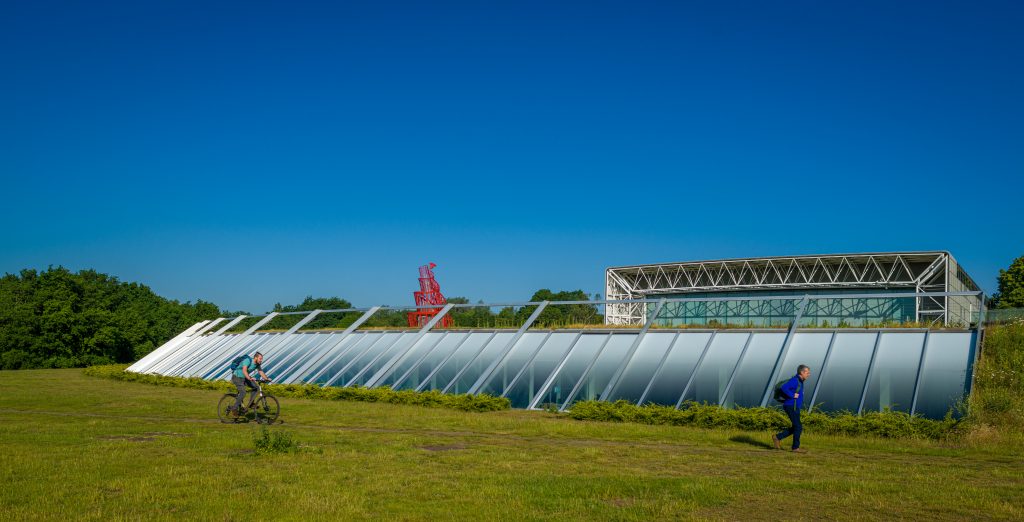
“I think of the sculptures being a welcome,” says Learning Manager Rach Anstey-Sanders, “a taste of what’s inside, a kind of doorway.” As the UK eases back into normality, a place to encounter both art and nature that people can enter on their own terms feels very welcome indeed.
You might be interested in
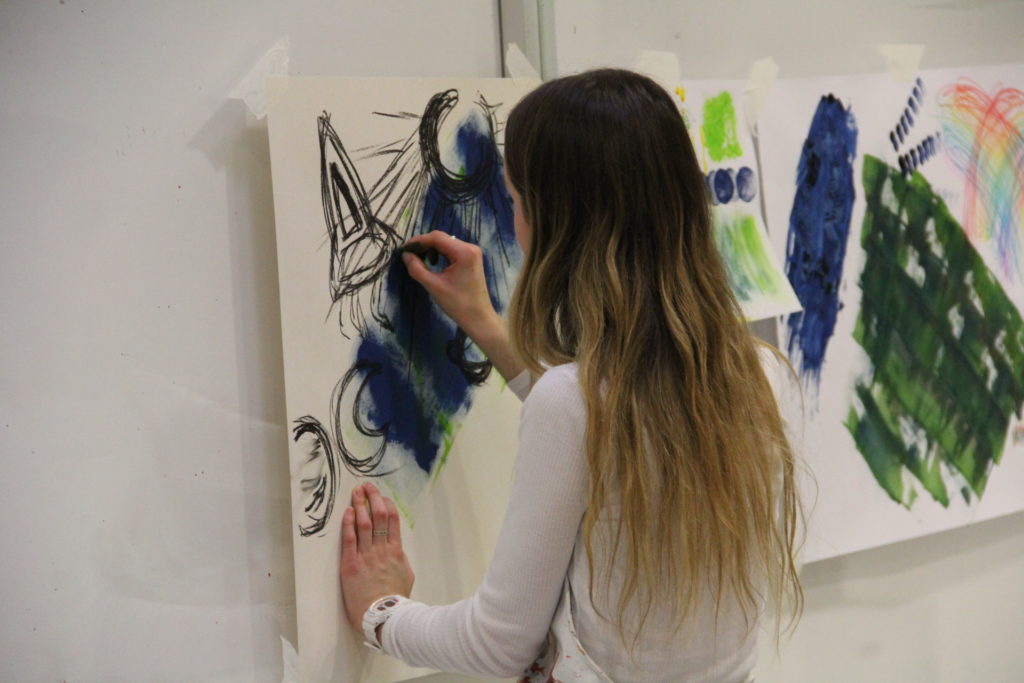
Learn & Create
The artworks in our collection and exhibitions come to life when you join us to look, think, discuss, question, create, play and tell stories around them. Find out how you can get involved and become a part of our learning community.
